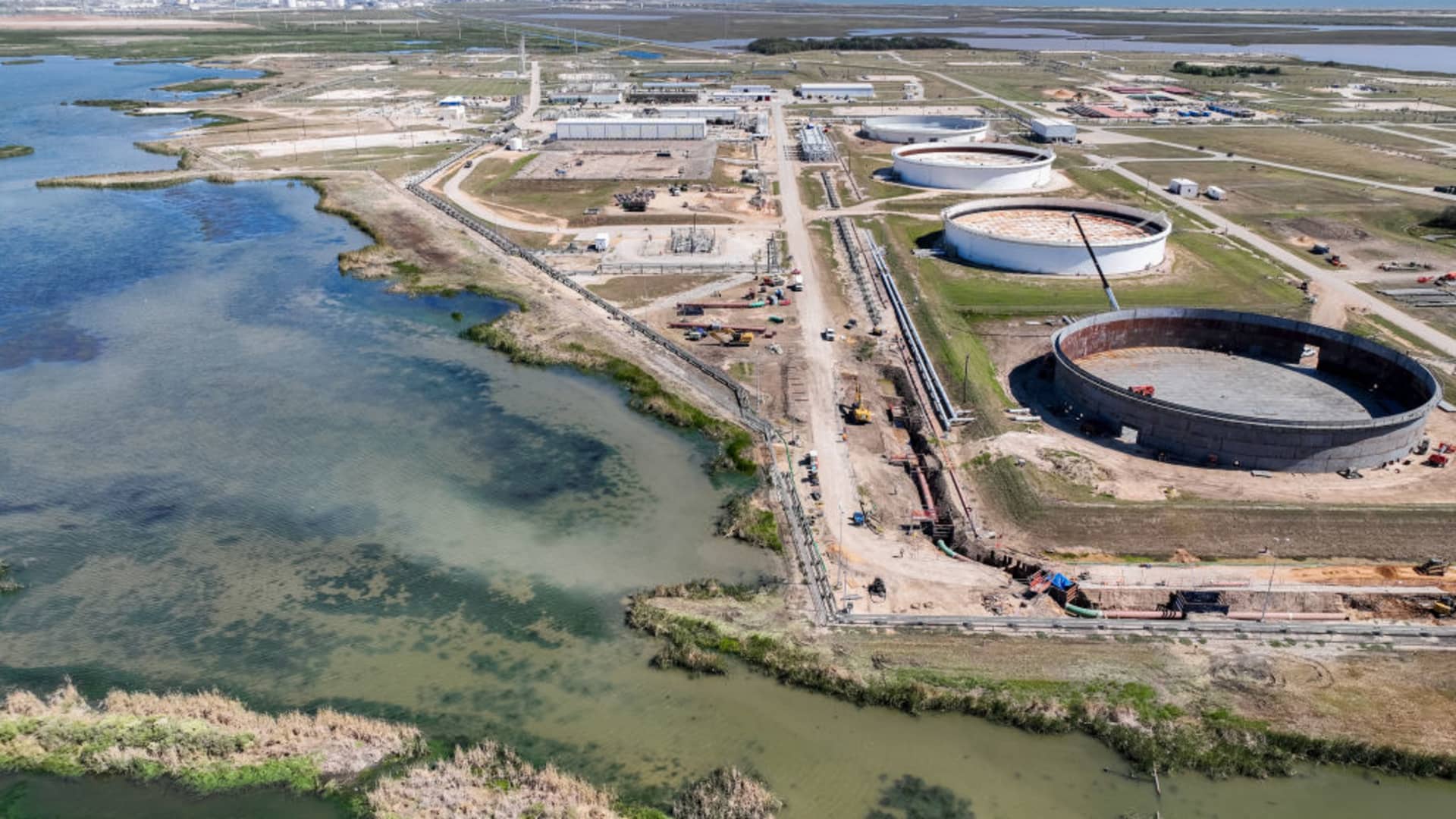In a move that the company says will lead to the end of wind power waste, Vestas has formed a coalition of industry and academia to commercialize the full recyclability of wind turbine blades. The coalition, which includes Vestas, Olin Corporation, Danish Technological Institute, and Aarhus University, developed a new technology that will allow circularity for thermoset composites. This is the material used to make wind turbine blades. The newly developed technology is the final link in the recyclable wind turbine value chain.
A new initiative, Circular Economy for Thermosets Epoxy Composites (CETEC), was established to help fuel the adoption of the new technology while advancing a circular economy throughout the wind industry. CETEC’s goal is to present a fully scoped solution that is ready for industrial adoption within three years. This adoption will be based on the commercialization of the new circularity technology.
CETEC, which is partially funded by Innovation Fund Denmark (IFD), is led by Vestas, which is a well-known leader in wind energy solutions. Olin Corporation is also a part of the coalition. The company is a world-leading producer of Epoxy. The new technology is made up of a two-step process. First, thermoset composites are disassembled into fiver and epoxy. Second, the epoxy is further broken up into base components similar to virgin materials. This is done through a new chemcycling process. After this, the materials can be reintroduced back into the manufacturing of new turbine blades — created a new circularity pathway for epoxy resin.
Currently, wind turbines are 85–90% recyclable. Wind turbine blade material makes up the remaining percentage that can’t be recycled due to the nature of the thermoset composites. CETEC plans to close that recycling gap while enabling the wind industry to step forward and eliminate more waste than it has ever done before.
Allan Korsgaard Poulsen, Head of Sustainability and Advanced Materials, Vestas Innovation and Concepts, shared his thoughts in a statement. “As global commitments to a net-zero future increase, it’s absolutely crucial to ensure the wind industry can scale sustainably, which includes Vestas fulfilling our ambition to produce zero-waste turbines by 2040. Leveraging this new technological breakthrough in chemcycling epoxy resin, the CETEC project will be a significant milestone in Vestas’ journey towards achieving this goal, and in enabling a future where landfill is no longer required in blade decommissioning.”
Simon Frølich, Team Manager, Ph.D., Danish Technological Institute, shared thoughts about the development of the new technology. “The key characteristic of composite materials is their unique combination of low weight and high strength. This is governed by the strong bonding of two different materials – fiber and epoxy. The dilemma is that this strong bond is also the feature that renders these materials difficult to recycle. Therefore, the development of CETEC’s novel technology, enabling disassembly of the composite at end of life, is a gamechanger, that will allow us to capture the value represented by each material stream in a new circular value chain.”
Prof. Dr. Troels Skrydstrup, Aarhus University, touched upon how the new tech is an important step to sustainable materials. “Chemcycling of epoxy-based materials would allow deconstructing these highly stable polymer chains into molecular building blocks. These building blocks are easily processable and can be utilized to produce new epoxy, which will have the same quality as the original material. Avoiding the loss of valuable molecular complexity in such a way is a highly desirable concept and an important step to sustainable materials.”
Leif Ole Meyer, TS&D Leader EMEAI at Olin, noted how happy Olin is to be a part of this project. “As the leading Epoxy producer and global supplier for the wind industry, Olin is proud to provide our technological expertise to this important sustainability project,” he said. “To develop technologies which close an existing gap of thermosets by creating a circularity is yet another example of putting our Resource Efficiency sustainability goal into action. This innovation will help the industry to minimize consumption of virgin material sources and increase the reuse and recycling of materials.”
In the press release, Vestas noted that CETEC’s solution will address the lack of available recycling technology for epoxy resins; leading to the possibility of introducing new recycling solutions to the wind industry. In markets where regulation around waste management for manufacturing industries is strict, this could create commercial value capture.


